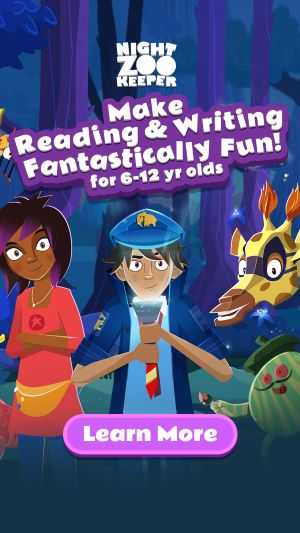Characters
Create great characters for a story!
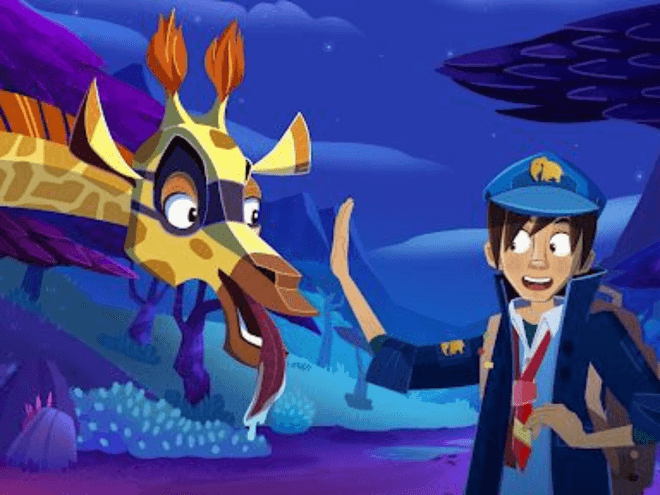
Home > Resources & Worksheets > Story Writing > Characters
A good story is never complete without great characters. Whether they’re fictional characters or characters based on real-life personalities, building someone or something that will add value to a story isn’t an easy task!
This guide is all about character development. We’re here to help your child through the whole process, from the very first character plan, to writing detailed and vivid character descriptions, to bringing it all together in an exciting story.
Keep reading for expert advice, free resources, and activities that’ll transform your child into the next Shakespeare!
Important components of character building
In order to successfully construct a character, there are many different things your child needs to consider. Brainstorming ideas is a great way to start this process.
Here’s a list of questions to consider when creating a character:
- Is this the central character of the story? What is their name? Do they have a catchphrase?
- What do they look like? Be as specific as possible.
- How old are they? Or are they immortal?
- Where are they from? Are they American, British, French, Spanish? Or are they from a fictional place?
- Where do they live?
- Who are their family members? Who are their friends?
- What is their personality like? Are they shy or outgoing? Nice or mean? Hero or villain?
- What are some of their moral qualities? Are they brave, loyal, kind, fair?
- What is their favorite hobby or pastime? What is their favorite food? Favorite color? Favorite sport?
- Do they go to school? Do they participate in any other activities?
Top tip: Feeling stuck? Get your child to draw a quick character sketch to help them visualize their ideas more effectively!
An example from Night Zookeeper
In order to understand what different characteristics a character should have, we've provided a description of Will Rivers, the main character of the Night Zookeeper book series and TV series! Here’s our description of Will Rivers:
Will Rivers is the Night Zookeeper! Will is 10 years old and lives with his family not far from his local zoo. Will always wants to do the right thing. He loves painting but sometimes lacks confidence. Will is liked by all of the animals in the Night Zoo because he is loyal and dependable. Would you like to be friends with this courageous and generous character?

Notice how our description of Will includes several details about his age and family. We included details about his personality: how he always wants to do the right thing but sometimes lacks confidence. You’ll also notice that we included a hobby of his too!
How to describe characters
Character description is a crucial part of story writing. Without proper character descriptions, readers won’t feel as connected to the characters, making the story less powerful.
Using vivid descriptions will help readers picture these characters clearly in their minds, making them feel more connected to the plot and to the characters themselves.
To write a great character description, your child must learn and understand three key elements: appearance, personality, and voice. Along with these, your child must also consider the role adjectives play in the character description process - they’re powerful words that can elevate your child’s stories!
Why are adjectives important to use when describing characters?
Adjectives help bring characters to life! Without them, readers wouldn’t be able to get to know the characters very well at all. It’s important to give readers a good idea of who the characters in a story are, what their personalities are like, and what matters to them. These are all things your child can introduce from the very beginning of their story with the use of adjectives.
A lot of characters out there lack detailed descriptions, and that may create a distance between the reader and the story, which is the opposite of what your child needs to achieve when writing a story and building their characters. Adjectives allow readers to imagine characters in great detail, which makes the overall story more engaging to them. Using adjectives to describe characters can truly make or break a story!
Top tip: If you notice that your child’s vocabulary is still limited, encourage them to use a thesaurus to find synonyms, antonyms, and new adjectives they can use in their stories.
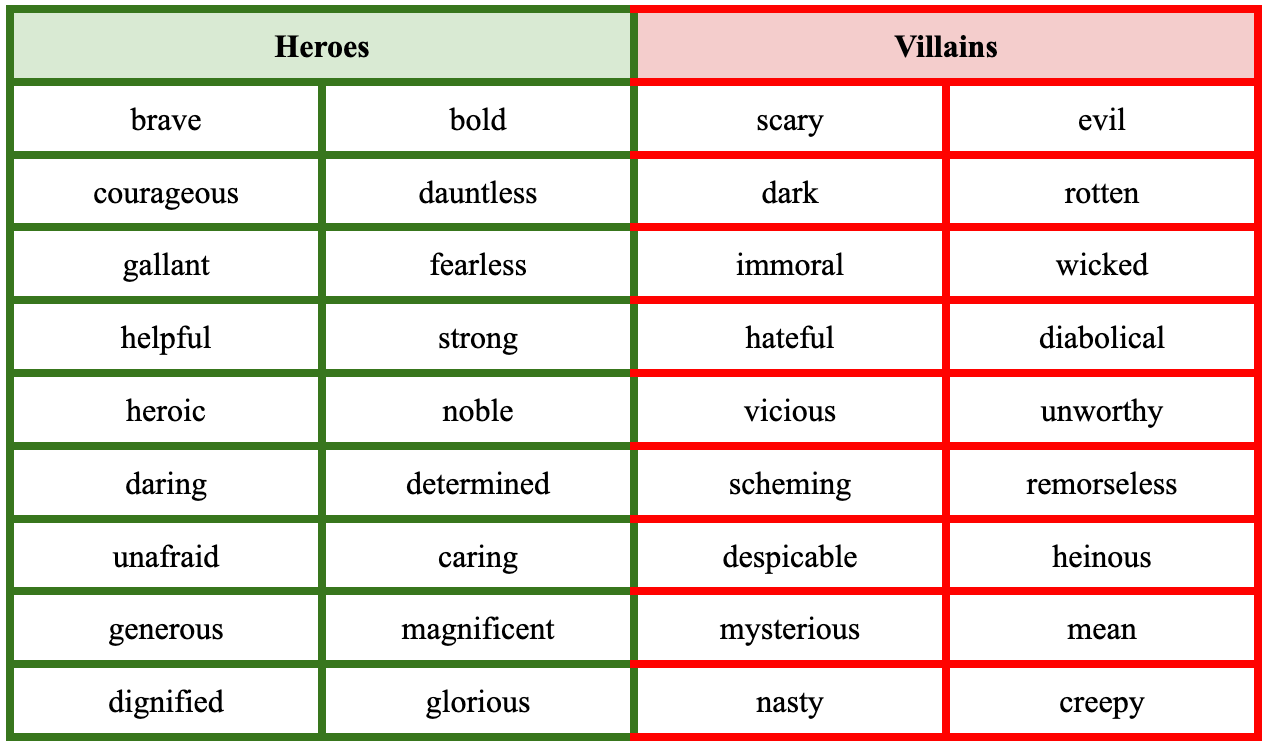
Appearance in character description
One important aspect of character description is appearance. The appearance of a character is what they look like. Describing a character’s appearance may involve describing their facial features (their smile, eyes, and hair), their height, what type of clothing they wear, how they move - the list goes on!
Describing a character’s appearance is the perfect way to give readers an opportunity to see your child’s characters exactly how they imagined them when writing their story!
Here are some example sentences to describe a character’s appearance:
Sam the Spying Giraffe wears a black spy mask over his eyes, but he isn’t easily hidden given how tall he is! He’s light brown, spotted, and has a rather long neck.
Personality in character description
Another element of character description is personality. Personality may be a little trickier to describe to readers than appearance because personality isn’t as physical. Personality is the way a character acts and interacts with others and the world around them. There are quite a few ways to describe a character’s personality. Personality involves the character’s attitudes, moral qualities, beliefs, and behavior. For example, your character’s sense of humor is considered a part of their personality.
Example:
Sam is funny, loud, and incredibly clumsy. He has powers of invisibility and relentless optimism. Sam is also Will’s best friend and most loyal supporter!
Voice in character description
Finally, voice is also a crucial part of character description. Although voice is related to personality, it more specifically involves the expression a character has of themselves. Their personality may be one way they express themselves, but voice is distinct from personality because it can be both an inward and outward expression. To show the readers a character’s voice, your child can describe the way their character’s actual voice sounds, but they can also show what a character is thinking to illustrate their inner voice.
Example:
Although Sam is extremely optimistic, he can’t sometimes help but think of the worst possible outcomes.
Character voice
Creating speech patterns and mannerisms can bring real characters to life! This is crucial for young writers to understand when constructing their character’s voice. Character voice is one aspect of story writing that can sometimes be overlooked, but plays an important role in developing a character throughout the story. If the audience can feel like they hear and distinguish the voices of different characters while they’re reading your child’s story, they'll feel more connected to them.
Why does character voice matter?
When your characters have unique voices that are specific to them, readers are able to distinguish between different characters. Without a unique sound to their voice, different personalities may feel characterless to your readers.
In everyday life, everyone has a unique voice and speech patterns, and being able to mirror that in a story can be an extremely powerful tool.
Character voice can infer many things about each specific character, adding an element of fun as readers try to decode clues in the way they behave, speak, and interact with other characters.
For instance, if your child writes about a mayor in a magical town who is actually the story's villain, they can begin by showing the character as respected. Then, they can gradually make the character seem more suspicious, before revealing their true nature.
Examples of character voice from Night Zookeeper stories
- “Seriously, mate. Why couldn’t you just do a normal elephant?” asked Isaac with a sigh.
- “Yeah! She’s got loads. So what?” said Will.
- “You’re gonna be in such trouble for this,” Isaac muttered and sloped off back to his place in the line.
- As he headed off to join his class, he glanced back at his purple painting. Although he was still worried about being in trouble, he really liked it. There was something kind of magical about it and he was proud of himself.
Activities & resources
Now it's time to put your child's brand new character development skills to the test - download the activities and resources below to get practicing!
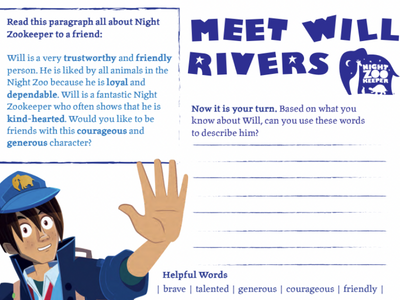
How Night Zookeeper can help
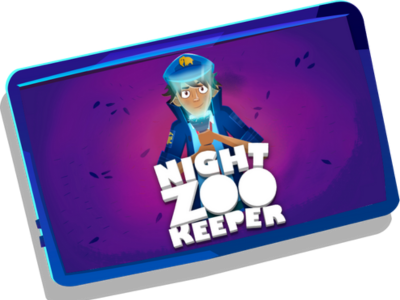
Night Zookeeper uses gamified learning to teach children all they need to know about writing!
Our reading & writing program for kids offers thousands of word games, challenges, interactive lessons, and creative prompts, all created to make writing fantastically fun for even the most reluctant writers.
Here’s a testimonial from a happy parent:
“WOW! Not only does Night Zookeeper appeal to my son through the gaming (all educational) and the calm music and colourful design but his spelling, creative writing and use of words has improved so much. We are very happy to see him encouraged to write about what he loves and to be able to design the characters that go with it. He is thrilled. My daughter is begging us to add her onto it now!”
Amy, parent
Start a FREE 7-day trial today!
More story writing resources
- Story Structure
- Story Settings
- Story Writing (overview)
Related content

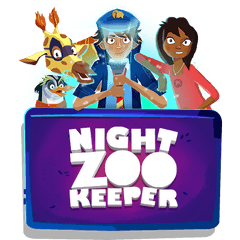
Make Reading & Writing Fantastically Fun!
- Award-winning reading & writing program for kids
- Improves spelling, grammar, punctuation & vocabulary
- Over 1,000 different learning games and activities



